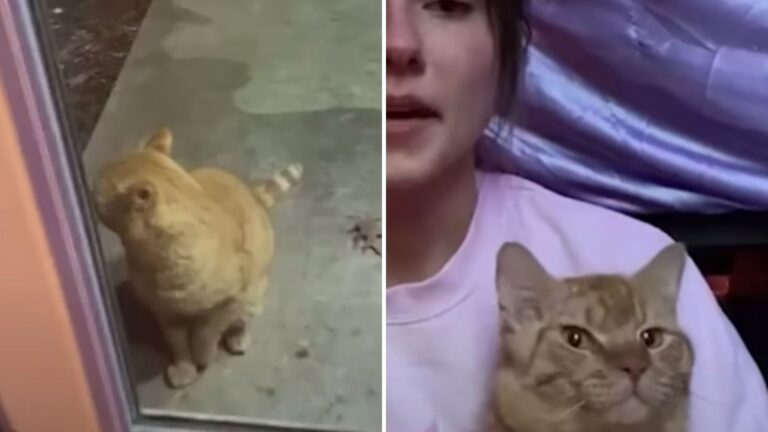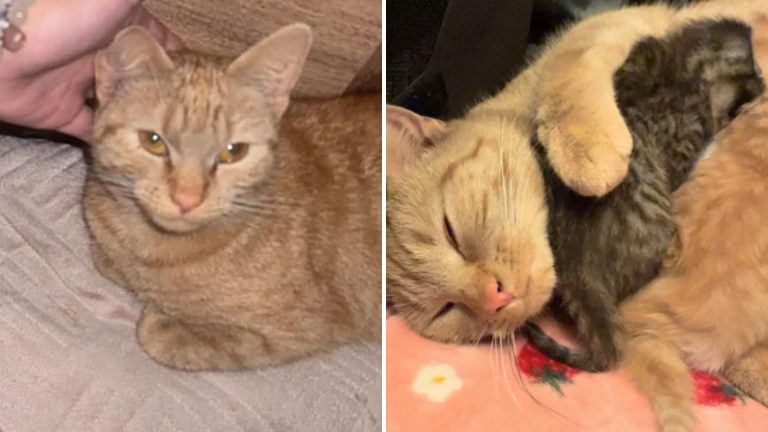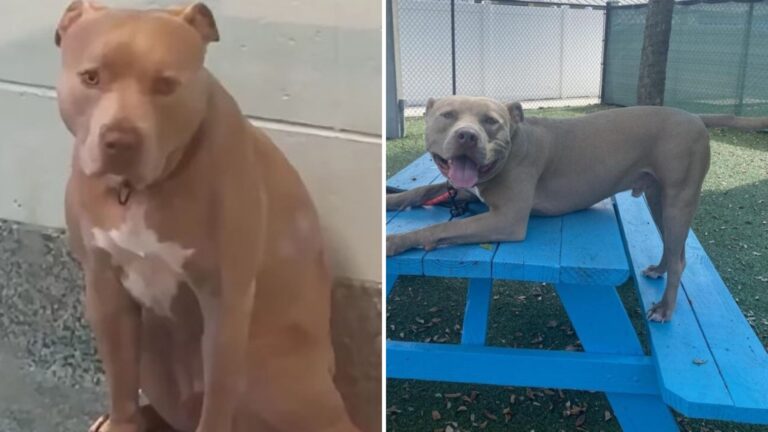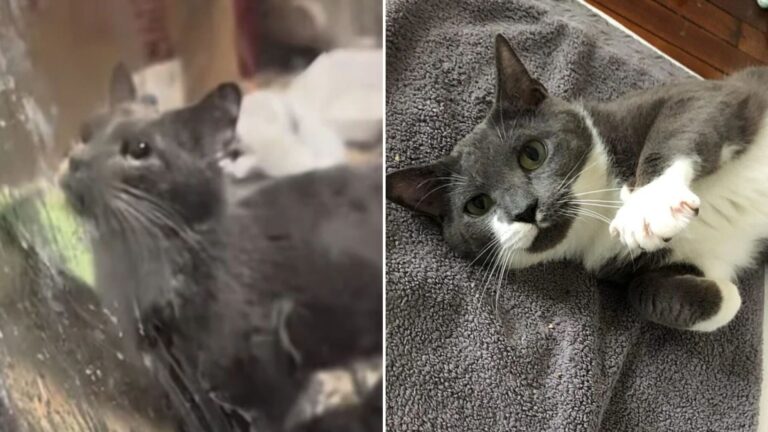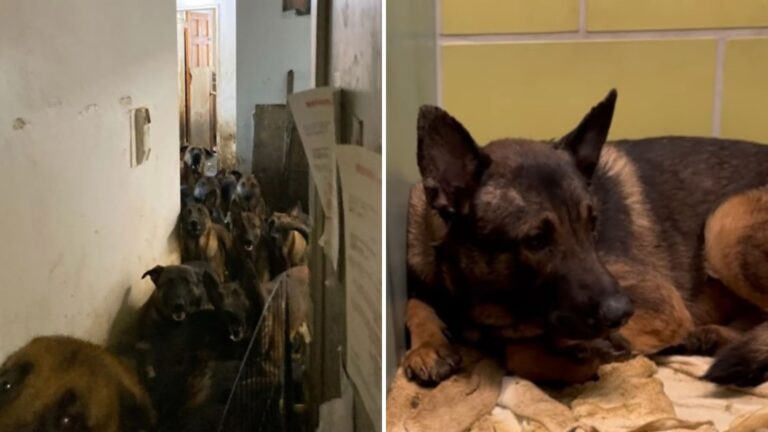California Baby Mountain Lion Severely Injured In Car Accident Undergoes Leg Surgery
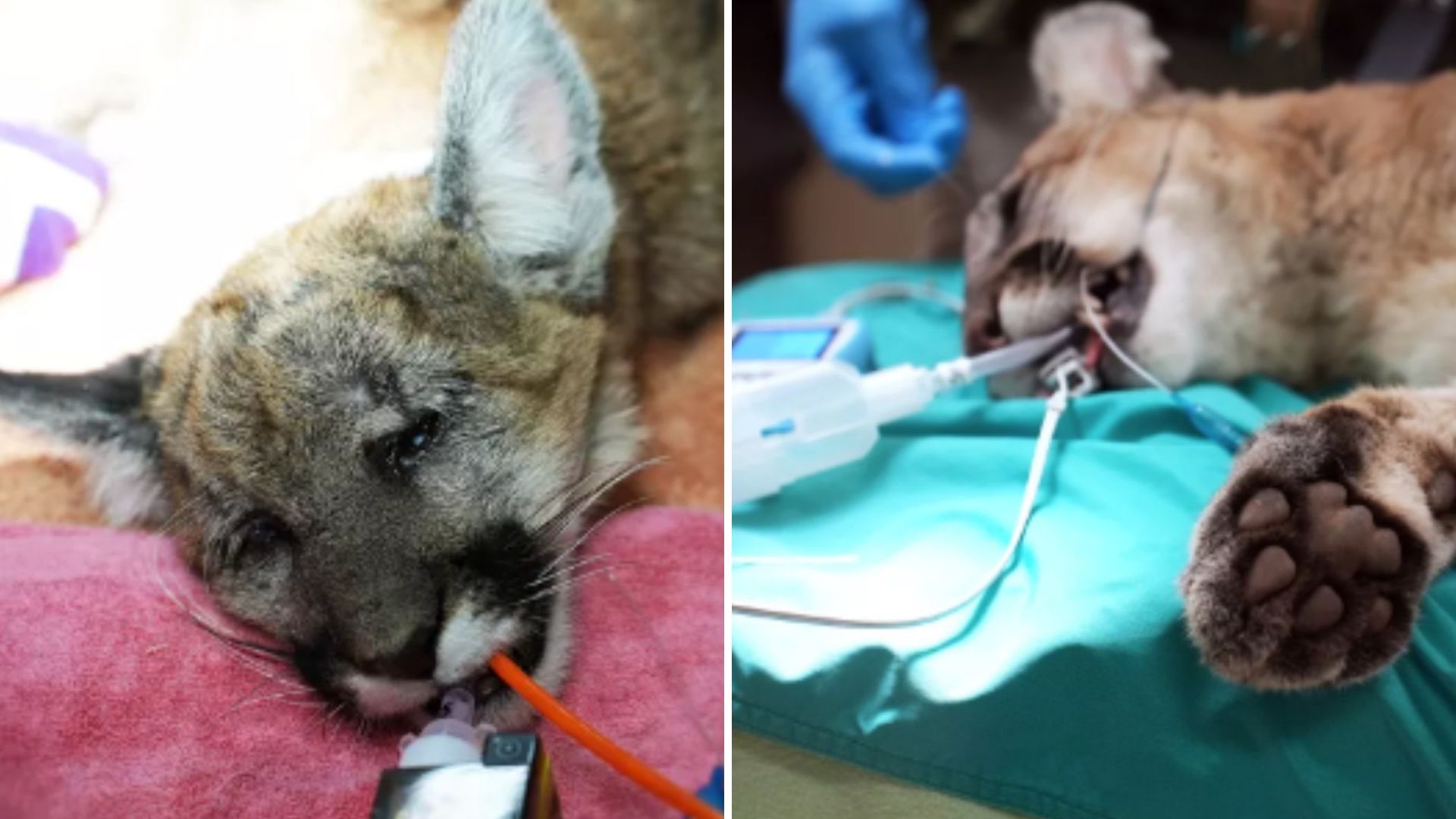
Not every wildlife story begins with triumph. Sometimes, it starts with heartbreak before turning into something truly inspiring.
That’s exactly what happened in Simi Valley, California, when a young mountain lion cub was discovered on the side of a road, injured and helpless.
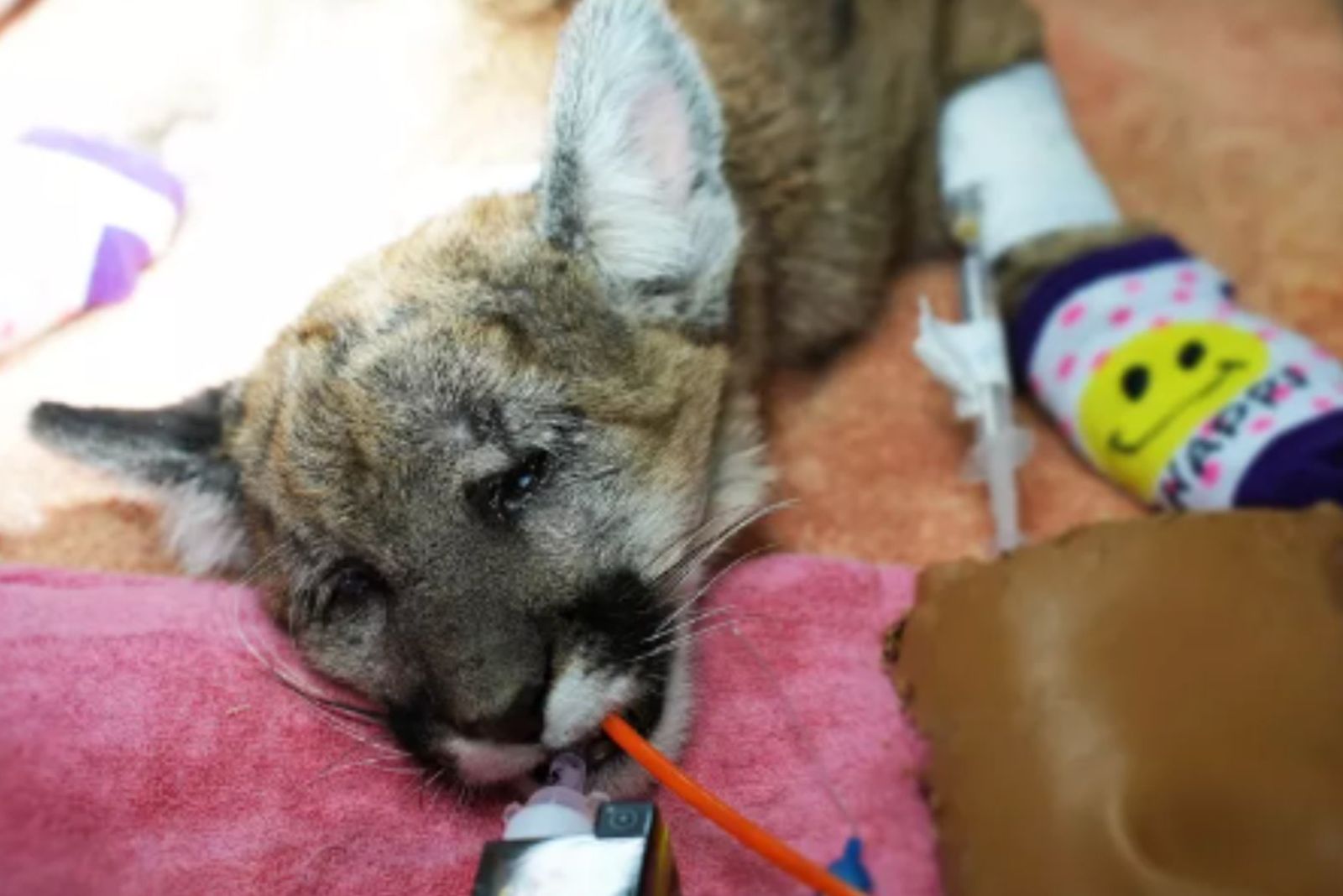
The cub, only about five months old, had suffered a severe fracture in his left leg. For a predator who relies on stealth and speed to survive, such an injury could easily have meant the end.
He was far too young to fend for himself in the wild, and his condition left him weak and vulnerable. Fortunately, help arrived just in time.
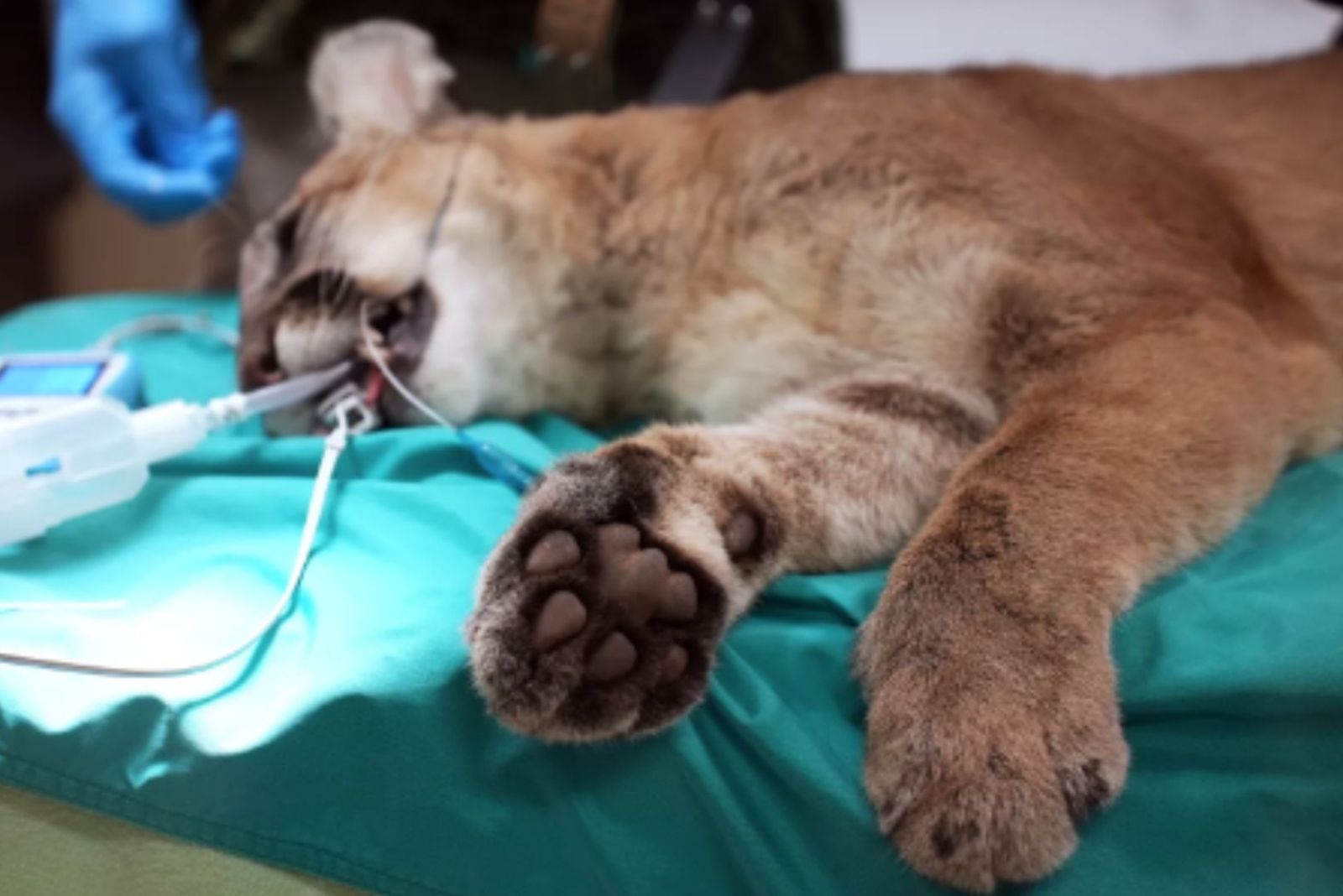
The California Department of Fish and Wildlife rescued the cub and quickly transported him to the San Diego Humane Society’s Ramona Wildlife Center, a facility dedicated to caring for orphaned and injured wild animals.
But this wouldn’t be a routine recovery. Mountain lions are not domestic pets, so his treatment required a highly specialized approach—one that balanced medical intervention with the need to keep the cub wild at heart.
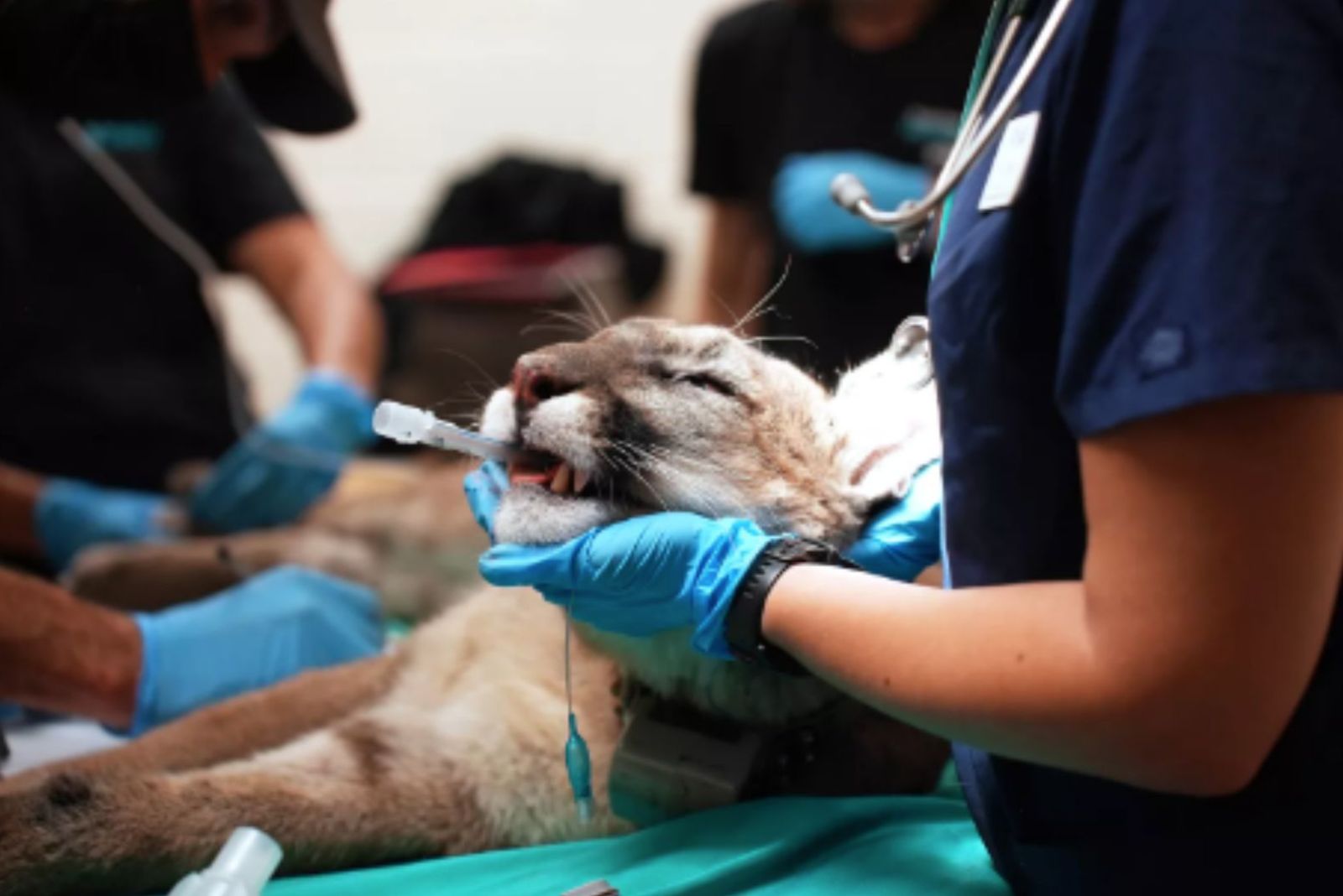
Working together, veterinarians from Project Wildlife and shelter specialists developed a plan.
Their mission was twofold: repair the cub’s fractured leg while minimizing human contact, ensuring he wouldn’t grow accustomed to people. This careful balance is essential when preparing a wild predator for eventual release.
The surgery itself was a daunting task. His broken bone required a metal plate and ten screws to stabilize the injury.
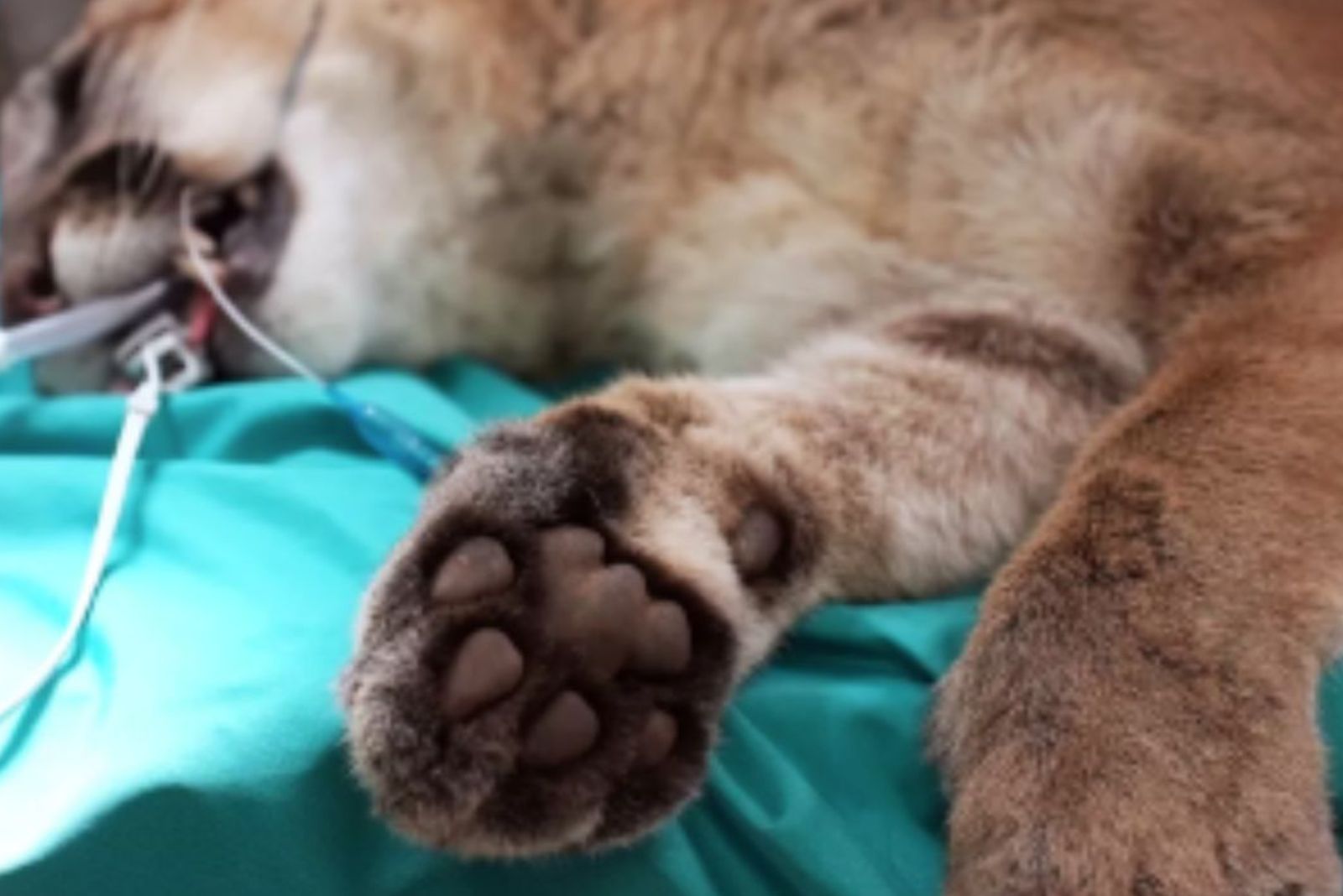
Beyond the fracture, the team also treated him for dehydration and malnourishment, conditions that had likely worsened during his time alone.
After the operation, the cub needed absolute rest. He was placed in a secure indoor enclosure under 24-hour video monitoring. By observing him from a distance, the staff could protect his recovery while preventing him from associating people with food or comfort.
For three weeks, the cub remained indoors, gradually healing under the watchful eyes of his caretakers.
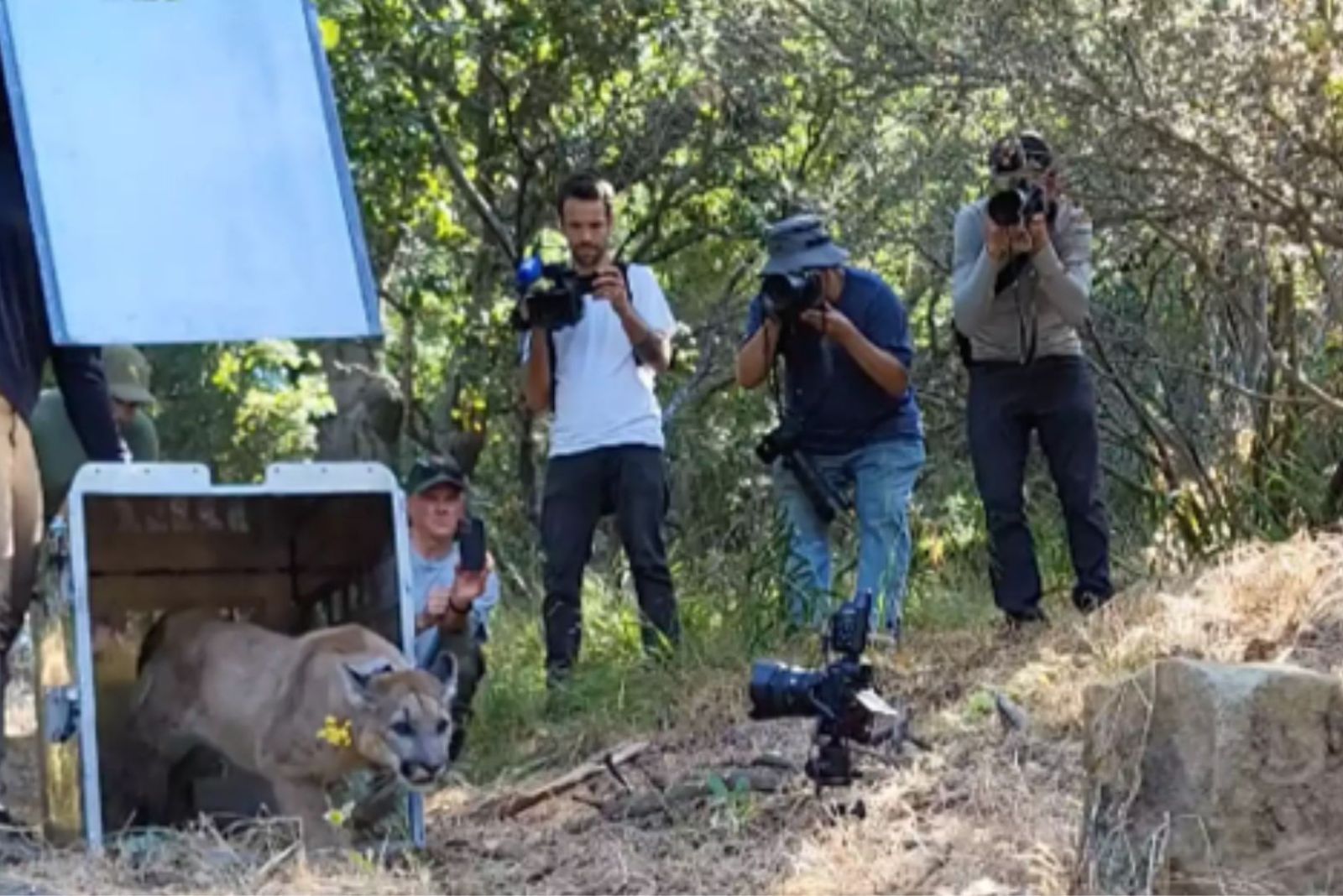
Once his leg showed improvement, a second procedure was performed to adjust and secure the screws. Each stage of his journey brought him closer to strength, but full recovery would take time.
Several weeks later, he was ready for the next step. The cub transitioned into an outdoor habitat designed to mimic his natural environment.
Here, he regained muscle, practiced movement, and slowly rebuilt the skills needed to thrive in the wild. Since mountain lions are apex predators, complete recovery was non-negotiable—he had to be agile, stealthy, and fully capable of hunting on his own.
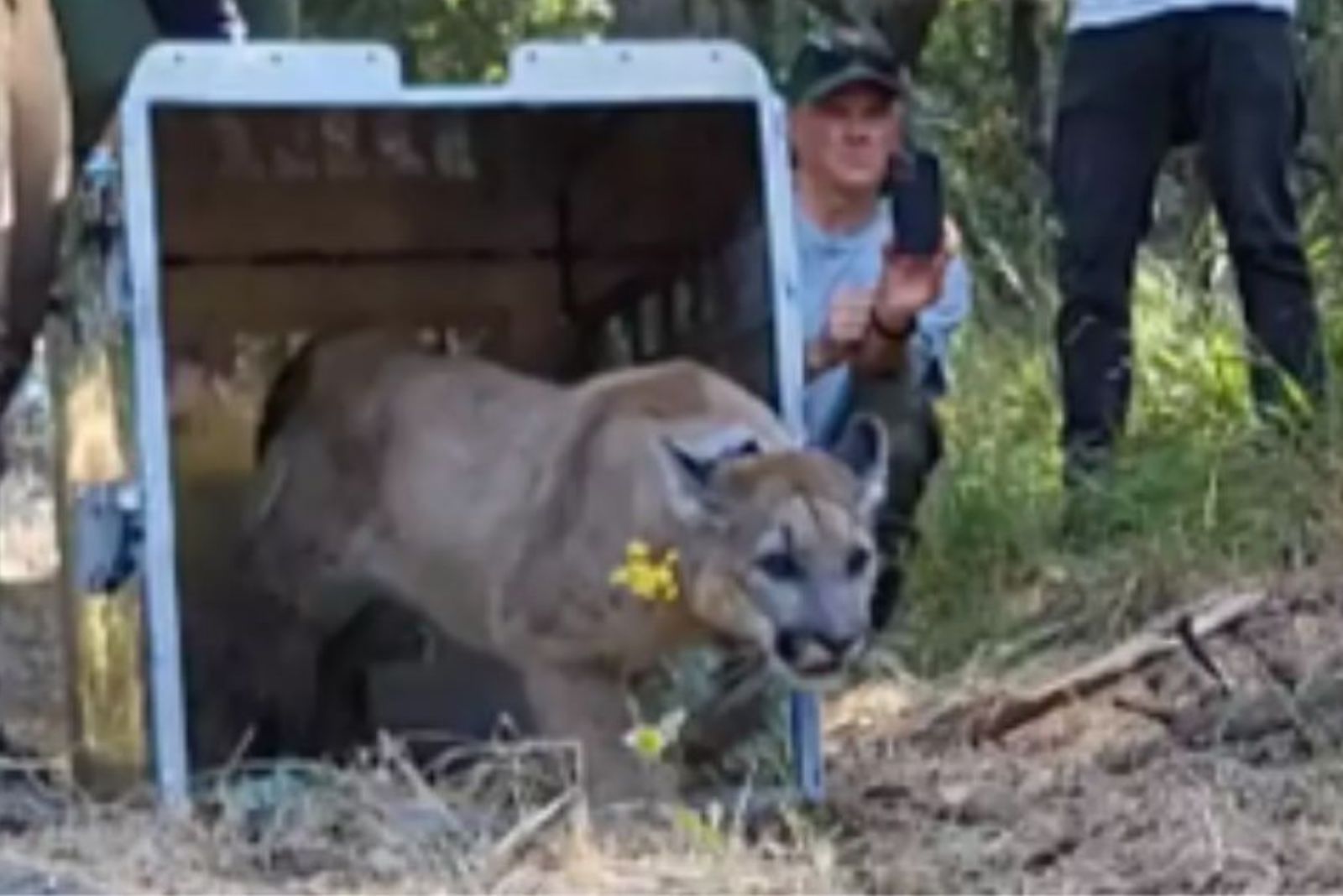
For six months, the team monitored his progress with patience and dedication. At last, the day arrived when he was strong enough to return to his rightful home. Fitted with a GPS collar, he was released into the wilderness of Ventura County.
From a fragile cub lying injured by the roadside to a powerful young lion roaming free once again, his journey is a remarkable testament to resilience, expert care, and the unwavering commitment of those who fight for wildlife every day.

